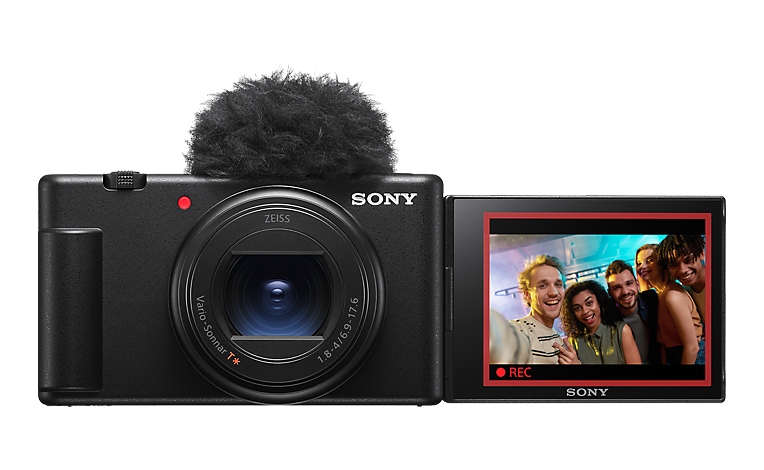Birdwatching Mastery Blog
Explore the world of birdwatching with tips, guides, and inspiration.
Capture the Unseen: Secrets Your Camera Wishes You Knew
Unlock the hidden potential of your camera! Discover secrets that will transform your photography game and capture the unseen.
Mastering Low Light: Tips to Capture Stunning Night Photography
Capturing stunning night photography requires a different approach compared to shooting in daylight. One of the most critical tips is to master your camera settings. Set your camera to manual mode to gain full control over the exposure. Start with a slow shutter speed (around 5-30 seconds) to allow more light in, and adjust your ISO settings accordingly. Additionally, using a wide aperture (small f-stop number) will enable more light to hit the sensor, creating beautiful depth of field effects.
Stability is key in night photography, so investing in a good tripod is essential. Even the slightest camera shake can lead to blurry images under low light conditions. You can also explore the use of remote shutter releases or the camera's timer function to minimize movement. For creative effects, consider using long exposure techniques paired with light sources like light painting to create unique and stunning visuals against the beauty of the night sky.

The Art of Composition: Secrets to Framing Your Perfect Shot
The art of composition is crucial in photography, as it allows you to transform a simple scene into a captivating image. Understanding the principles of composition can significantly enhance your photography skills. Key components include the rule of thirds, leading lines, and framing. The rule of thirds suggests dividing your frame into a 3x3 grid and positioning your subject along these lines or at their intersections. This technique draws the viewer's eye and creates a sense of balance in the image.
Another essential element is the use of leading lines, which guide the viewer's gaze through the photograph. Whether it's a winding road, a row of trees, or a stream, incorporating these lines can add depth and perspective to your shot. Additionally, consider using natural elements to frame your subject, creating a layer of interest. Techniques such as using branches, windows, or doorways can help isolate your subject while adding context to the scene. For more tips on improving your photography composition, check out this comprehensive guide.
What Are Camera Settings That Can Transform Your Photography?
Understanding the right camera settings can significantly impact your photography skills. One of the most crucial settings to master is exposure, which controls how much light reaches your camera sensor. You can adjust this through three main components: aperture, shutter speed, and ISO. For instance, using a wide aperture (low f-stop number) will create a beautiful background blur, making your subject pop in portrait photography. Conversely, a fast shutter speed is essential for capturing fast-moving subjects clearly, especially in sports photography.
Another essential setting to consider is white balance, which adjusts the color temperature of your photos according to the lighting conditions. Setting the correct white balance helps to maintain the natural colors of your subjects, making your images look more vibrant and true-to-life. Additionally, experimenting with composition settings like the rule of thirds can transform your photography by guiding your viewer's eye toward the focal point. Finally, using the histogram feature on your camera can aid in achieving a well-balanced exposure, ensuring all elements of your scene are captured perfectly.